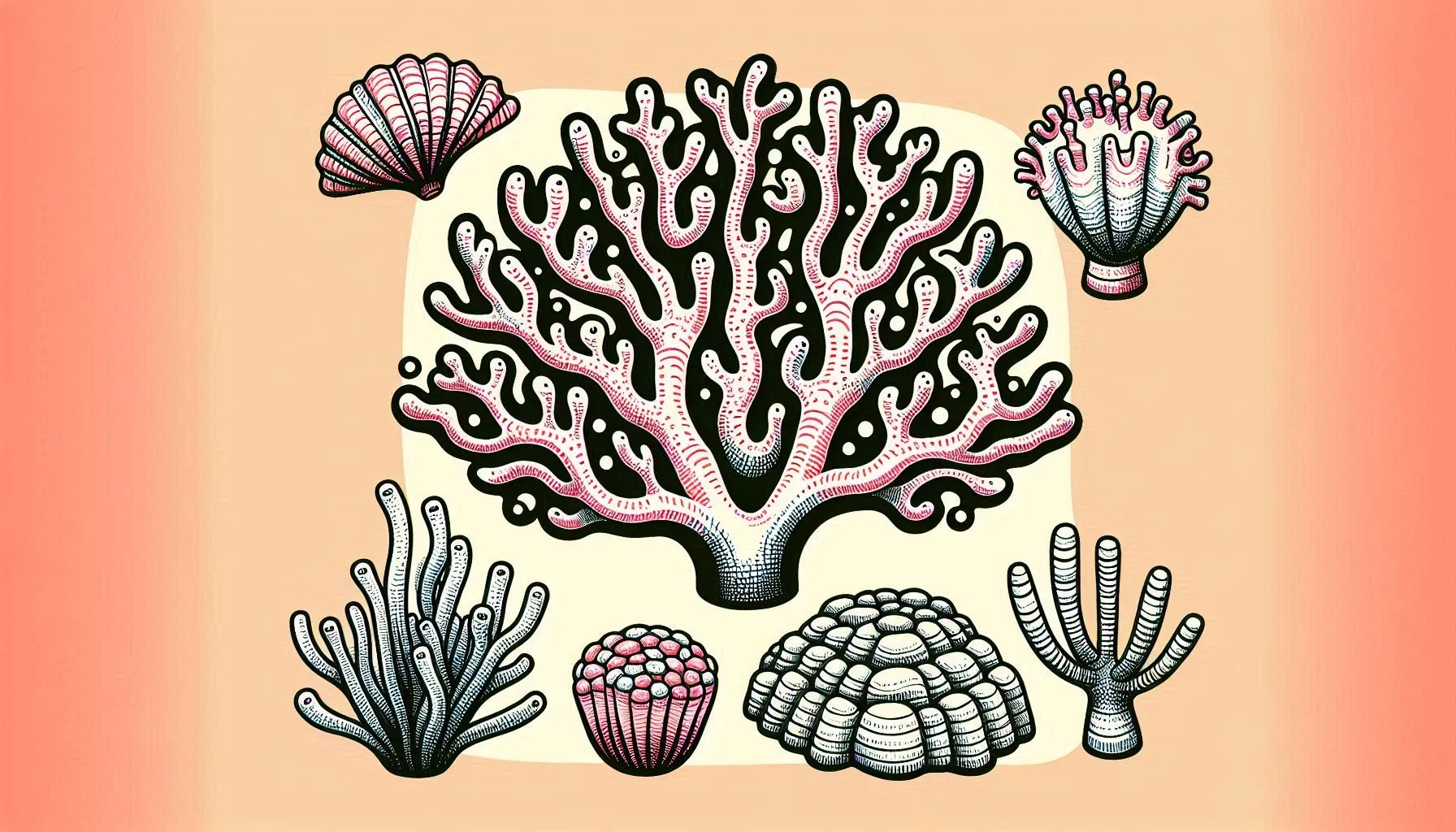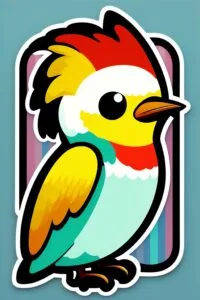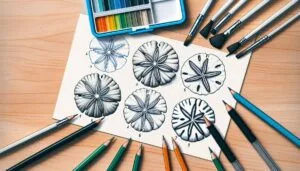Creating coral artwork can be an enjoyable and imaginative pastime for children! Exploring the colourful world of coral reefs can be a wonderful way for young ones to develop an appreciation for the wonders of marine life. In this easy-to-follow tutorial, we’ll walk you through the process of creating a beautiful coral drawing.
Table of Contents
Materials Utilised
Before we get started, make sure you have all the necessary materials ready.
Surface: Opt for a tidy and sleek area to create your artwork.
Pencils: Explore a variety of pencils with varying lead hardness (HB, 2B, 4B) to achieve a diverse range of shades and textures.
Make sure to have a rubber nearby for any necessary corrections.
Step-by-Step Guide
Here are some easy steps to help you draw coral:
Start by sketching the lower part of the coral. Picture a collection of asymmetrical forms, resembling stones or twigs.
Include additional coral branches, starting from the left and progressing towards the right. These lines can have a wavy or jagged appearance.
Continuing the Journey:
Keep adding intricate details to your coral branches as you continue drawing. There are many different shapes that coral comes in, so don’t be afraid to let your imagination run wild!
Experiment with different sizes and angles of the branches to create a more authentic coral reef appearance.
Foreground Coral:
Please draw the coral in the foreground. Incorporate additional branches or curved shapes to add a sense of depth.
Keep in mind that coral is three-dimensional, meaning that certain branches may overlap with one another.
Background Coral:
Add a coral branch in the background. This technique will add depth and perspective to your drawing.
Make it more straightforward and use a lighter shade than the coral in the front.
Adding Detail: To enhance the visual appeal of the coral, incorporate some texture to highlight the open tube at the top. You have the option to create small dots or lines.
Coral can have various textures, allowing for additional details to be added as desired.
Shading and Coloring: Coral exhibits a stunning array of colours, including vibrant reds, oranges, greens, blues, and purples.
Opt for bright and cheerful colours when painting the body and branches. You can incorporate hints of contrasting colours to enhance the sense of realism.
Final Touches: Remove any unnecessary guidelines and polish the details.
Adding shading can help create depth and dimension in your artwork.
Frequently Asked Questions (FAQs)
What is coral?
Coral is not a plant; it’s actually a living creature that falls under the category of cnidarians.
Coral reefs consist of numerous coral polyps that coexist in vast colonies.
What is the Importance of Coral Reefs?
Coral reefs are commonly known as the “rainforests of the sea” due to the wide variety of marine life they support.
They play a crucial role in safeguarding coastlines, absorbing the force of waves and mitigating the effects of storms and erosion.
Ways to Encourage Children to Safeguard Coral Reefs
Discover the importance of coral conservation and help raise awareness.
Minimize the use of plastic and pollution to maintain the cleanliness of our oceans.
Get involved in beach cleanups and show your support for marine conservation organizations.
Find Inspiration
Take a look at some captivating images of genuine coral reefs to ignite your artistic inspiration. Take a moment to appreciate the diverse range of shapes, colours, and textures found in various types of coral.
Conclusion
Congratulations! You’ve mastered the art of drawing coral. Don’t forget to enjoy yourself and try out different shades. Coral reefs are vital for the health of our planet, so it’s important to value and safeguard them! 🌊🎨
Feel free to share your artwork with us! If you have any additional inquiries, feel free to ask. Enjoy your drawing!


For a super fun and simple guide on how to draw a jellyfish, take a look at the tutorial here! This fun resource offers easy, step-by-step instructions, allowing young creators to dive into their imagination while discovering these amazing sea creatures!





